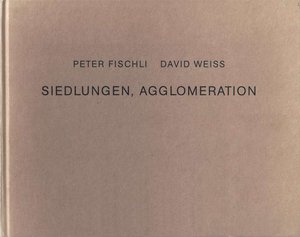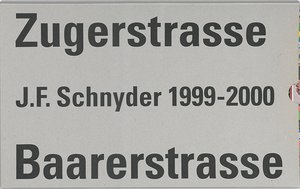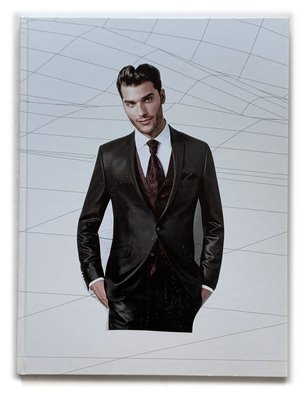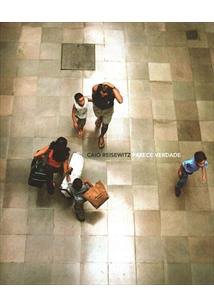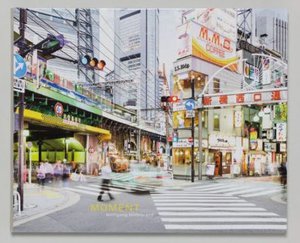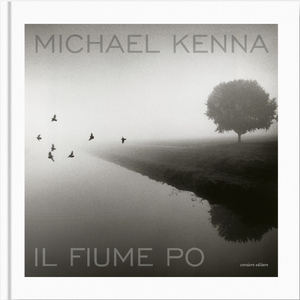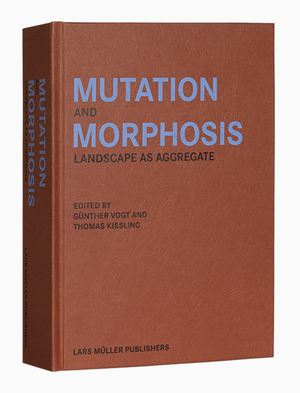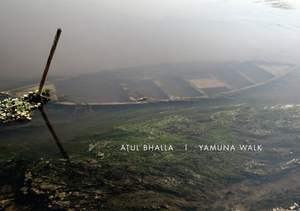Publisher Note english italian
The eponymous “peripher” functions in the works of Andreas Tschersich, a Swiss artist based in Berlin for 14 years now, as a structural, aesthetic and mental moment. It refers to places of transit and transition that defy unequivocal classification, standardization and demarcation. Tschersich portrays cityscapes in which people, upkeep, habits and uses always remain hidden. The tenor remains the same regardless of whether the scene is set in Charleroi, Liverpool, New York or Tokyo. Tschersich’s pictures are universal and never seem foreign or forbidding, but ever familiar in their everyday banality, even to those who’ve never been there before.
Tschersich is always on the lookout for motifs, to be sure, but sometimes they just come to him by serendipity. He is a master of the art of losing his way and making the most of that lost state as a creative moment. As he roams the city, sometimes it’s simply there all of a sudden: that feeling he seeks to convey in his photographs. It is the perception of that touch-andgo moment when everything hangs in the balance, the instant before a fateful decision is to be reached: dereliction or gentrification, danger or safety. Anything can happen to Tschersich’s locations. He is averse to calling his pictures architectural photographs or seeing any direct ties to Bernd and Hilla Becher’s work, although his own work is clearly in line with the photographic tradition of recording man’s relationship to his (built) environment since the second half of the 20th century.
In order to keep as close as possible to the “human gaze”, the experience of an instant, he makes use of a method of digital montage invisible to the viewer. He puts several medium-sized negatives together to form one big picture in order to portray larger sections without distorting the perspective, which would be inevitable in a mechanically constructed single-shot exposure using a large format camera. In a word, Andreas Tschersich makes use of technology not to falsify reality, but to “cling to it as closely as possible”.
Nelle opere di Andreas Tschersich, un artista svizzero residente a Berlino da anni, la ‘periferia’ ha una funzione strutturale, estetica e mentale. Si riferisce a luoghi di passaggio e di transizione, che si sottraggono a classificazioni, standardizzazioni e demarcazioni inequivocabili. Tschersich ritrae dei paesaggi urbani, dove persone, abitudini e usi restano celati, indipendentemente dal fatto se la scena sia ambientata a Charleroi, Liverpool, New York o Tokyo. Le fotografie appaiono familiari nella loro banalità quotidiana.
Per avvicinarsi il più vicino possibile allo “sguardo umano”, all’esperienza di un istante, l’artista utilizza un montaggio digitale invisibile allo spettatore, che assembla negativi di medie dimensioni per creare un’immagine grande, senza distorsione della prospettiva, un risultato questo che non potrebbe essere raggiunto con una fotocamera di grande formato. Andreas Tschersich utilizza la tecnologia non per falsificare, ma per “aggrapparsi il più vicino possibile alla realtà”.
| Publisher | |
|---|---|
| Release Place |
Quart,
Italy
Zurich, Switzerland |
| Edition | 1st edition |
| Release Date | 2016 |
| Credits |
Editor:
Artist:
|
| Printrun | 800 |
| Identifiers |
ISBN-13:
978-3-906803-07-4
|
| Work | |
|---|---|
| Subform | Photobook |
| Topics | Andreas Tschersich, Landscape, Suburbs, Urban Landscape |
| Methods | Photography |
| Language | English, English |
| Object | |
|---|---|
| Format | Hardcover |
| Dimensions | 25.4 × 32.5 × 1.8 cm |
| Interior | |
|---|---|
| Pages | 240 |
last updated 1418 days ago
Data Contributor: Artphilein Library
Created by ArtphileinLibrary
Edited by ArtphileinLibrary, edcat












